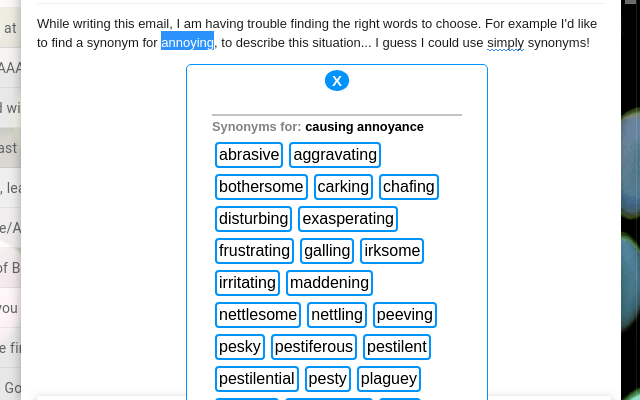


It is hypothesized that this inverse relationship is mediated through the human psychological inclination to define and protect their self- and in-group- identity or self-conception.

Self-esteem has a negative relationship with the frequency and intensity of schadenfreude experienced by an individual individuals with less self-esteem tend to experience schadenfreude more frequently and intensely. Researchers have found that there are three driving forces behind schadenfreude – aggression, rivalry, and justice. Leipzig 1750.Īlthough common nouns normally are not capitalised in English, schadenfreude sometimes is capitalised following the German convention. The earliest seems to be Christoph Starke, Synopsis bibliothecae exegeticae in Vetus Testamentum. In German, it was first attested in the 1740s. The German word was first mentioned in English texts in 18, and first used in English running text in 1895. It is a compound of Schaden ("damage/harm") and Freude ("joy"). Schadenfreude is a term borrowed from German. Schadenfreude has been detected in children as young as 24 months and may be an important social emotion establishing " inequity aversion". It is a borrowed word from German, with no direct translation, that originated in the 18th century. 'harm-joy') is the experience of pleasure, joy, or self-satisfaction that comes from learning of or witnessing the troubles, failures, or humiliation of another. Schadenfreude ( / ˈ ʃ ɑː d ən f r ɔɪ d ə/ German: ( listen) lit.


 0 kommentar(er)
0 kommentar(er)
